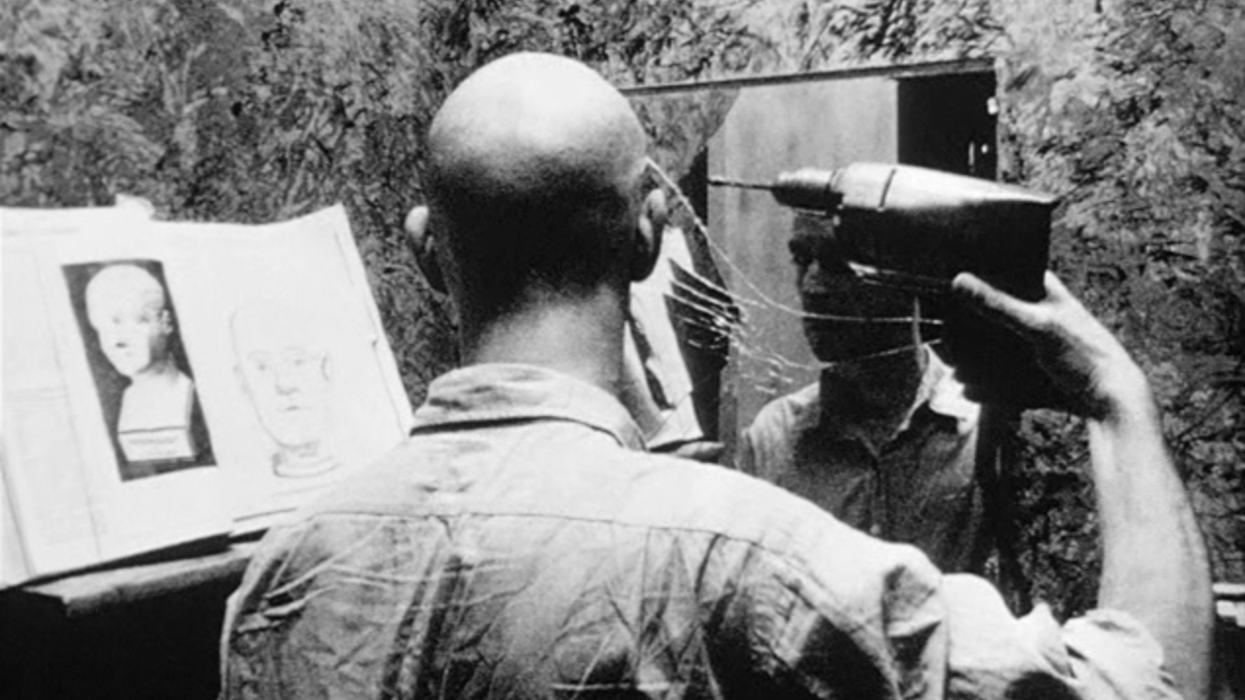Watch: Discover How Darren Aronofsky Expresses Obsession Through Sound
You can look away, but the sound of obsession will still bore into your brain.

What do we mean when we call a film "sensual"? Or "tactile"? Or "lush"? Or "rich"? Or "intense"? Normally, words like those are code for visual power: for deep, dramatic colors; for luxurious long shots; for blinding whites or suffocating darkness.
And yet what about the sound? We tend to notice when a soundtrack works or doesn't work, but the ambient sound and its manipulations aren't always called into account when we talk about a film's merits. Daniel Crowley's new video essay does just that, examining how Darren Aronofsky's use of sound in films such as Pi and Black Swan makes a substantial difference in viewer experience—perhaps all the difference? Aronofsky, in fact, is exemplary in exploding background noises into metaphors, in ratcheting up the tension in a story by simply building on... what's there.
Immersion through sound
Once he draws viewers in through the outlandish stories taking place onscreen, Aronofsky continues to work on them by tinkering with sound effects. In Pi, we experience the protagonist's increased sensitivity to sound along with him; every wincing of the character's eardrums becomes our wince as well. In a film whose roots of empathy are uncertain, given the self-involved nature of the protagonist's torment at times, sound might be a good place to begin, as it's the most immediate source of pain for him.

Storytelling through sound
The music in Black Swan is hard to forget; in fact, it becomes like an extra character in the film, imposing its demands on the heroine, even as inhabiting her role causes her challenges above and beyond the basics of the part. The intensity with which she experiences daily life as she becomes absorbed in the Byzantine and destructive performance plays itself out through the sounds she hears everywhere: the subway, her bedroom, her mind. This provides a good example of how sound can make the story you're telling on film much clearer—such as the story of a person who becomes dangerously involved in her work. Without the intensity of the sounds in this film, the sense of danger might be far diminished, and the illusions in the film might seem like grace notes of a character's imagination. Sound can be viewed, in a sense, as a beam in the architecture of a story.

Symbolism through sound
The quality a sound has can make its own symbolic statement, as well. In Pi, there are moments when the protagonist's hearing is muffled; he tries to shout at someone--or is it a real person?--across a subway platform but can't be sure if he has made himself heard. Aronofsky us using the muffling of the sound to represent the degree to which Cohen has become smothered by what Crowley calls his illness, and the degree to which he is isolated from others, alone with it. Certainly the film might be showing a real symptom of the said condition, but it also shows an emotional state. The film, then, serves as a model of sound as metaphor--and should be studied as such, as an example of the way sound can give depth and breadth to your story, announcing a theme, in a sense, without saying anything.
What are your favorite uses of sound in film? Can you see any way in which the sound might be functioning symbolically? Share your thoughts in the comments.

 No Film School's coverage of
No Film School's coverage of 









